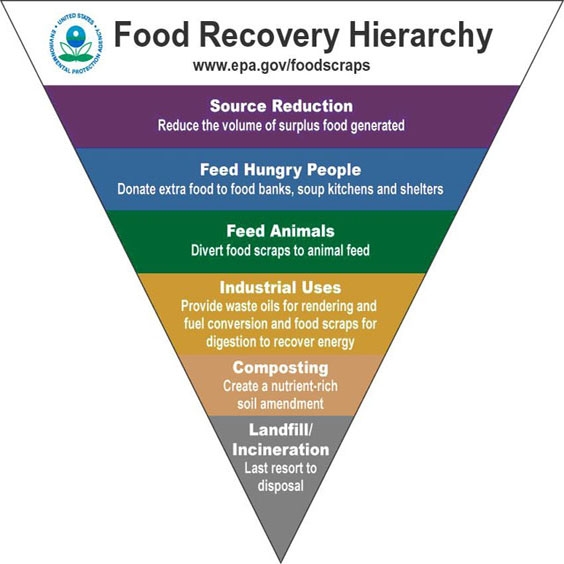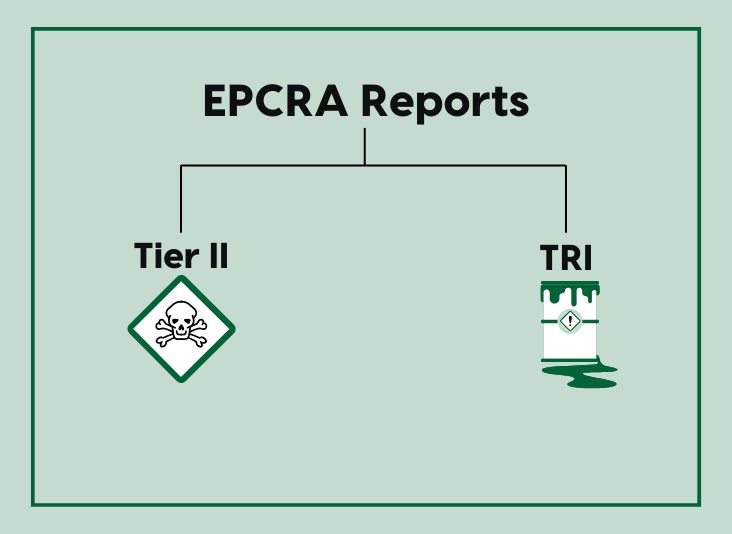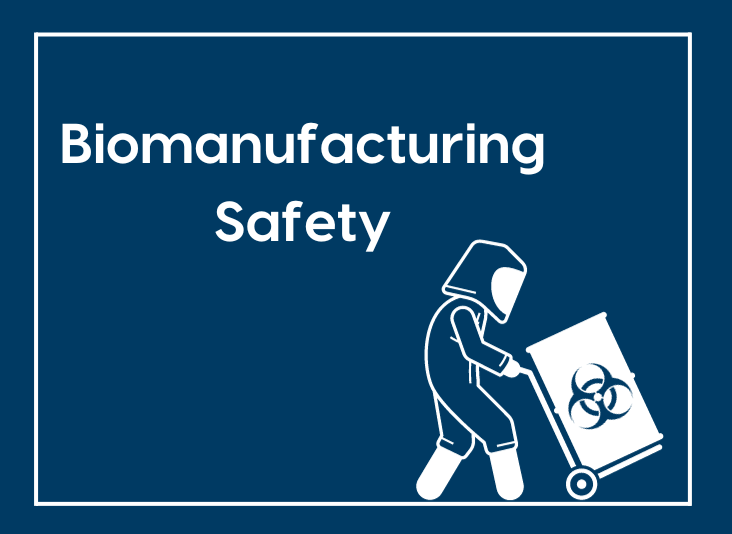Janet Bowen Talks Sustainable Business through Food Waste Reduction

In 2010, Americans produced 250 million tons of trash. Two thirds of that trash was generated by businesses. What’s more, the EPA has estimated that companies in the U.S. spend an estimated $22 billion per year to send 214 million tons of materials to landfills. And so, to save money, help the community and improve the environment, businesses are turning to sustainable options and making honest efforts to reduce their waste production. We spoke with Janet Bowen to get her perspective on the matter.
Janet Bowen is the Regional Healthcare Assistance Coordinator for Region 1 of the Environmental Protection Agency (EPA). She's been with the EPA for over 20 years. Recently, Janet and the EPA New England have been focusing on sustainability. She serves as the leading Region 1 contact for the EPA’s WasteWise Program and works to promote EPA's Food Recovery Challenge. She will be speaking and leading a Q+A at our roundtable on the MA Food Waste Ban May 28.
Q: You serve as region 1 contact for the EPA’s WasteWise program and are working to promote the EPA’s food recovery program. Could you tell me a little bit about what those two things are?
A: EPA’s WasteWise program is a free, voluntary EPA program through which organizations eliminate costly municipal solid waste and select industrial wastes, benefiting their bottom line and the environment.
EPA’s Food Recovery Challenge asks participants to reduce as much of their food waste as possible – saving money, helping communities, and protecting the environment. The Challenge is part of the EPA’s Sustainable Materials Management Program, which seeks to reduce the environmental impact of materials through their entire life cycle, including how they are extracted, manufactured, distributed, used, reused, recycled, and disposed.
I also send a bi-weekly email update to my WasteWise and Food Recovery Challenge partners to keep them updated on program developments, new tools/resources, partner activities including case studies, and upcoming events/ webinars. In addition, I assist partners with our SMM Data Management System that they use to enter and track their data for both programs.
Q: How can people and businesses who are interested get involved?
A: Any business or organization can participate in either EPA’s WasteWise or EPA’s Food Recovery Challenge through prevention, donation and recycling.
EPA’s WasteWise, go to https://www.epa.gov/smm/wastewise
Join WasteWise: https://connect.re-trac.com/register/epawastewise
EPA Food Recovery Challenge, go to www.epa.gov/foodrecoverychallenge
Join Food Recovery Challenge: https://connect.re-trac.com/register/epafrc
Anyone can also join my email update for both programs; just email me at bowen.janet@epa.gov
Q: What do you have to say to businesses and institutions that are skeptical about reducing their food waste? Why is it important? What are the benefits?
A: Wasted food has economic, environmental, and social impacts. Much of this “waste” is not waste at all, but actually safe, wholesome food that could potentially feed millions of Americans. Excess food, leftovers and scraps that are not fit for consumption and donation can be recycled into a nutrient-rich soil supplement.
There are many reasons to reduce your food waste. You can improve your bottom line through cost savings from reduced purchasing and waste fees. You can support your community by feeding people, and not landfills. You can reduce your environmental impact and greenhouse gas emissions.
Q: There are a lot of companies out there that until this point have never even considered cutting their food waste, what advice do you have for them? What should their first steps be?
A: An important first step is to conduct a food waste assessment so you understand your food waste generation. It is really true “What gets measured, gets managed”. EPA is releasing some new tools that can assist businesses and institutions in this area.
One of the tools “EPA’s Toolkit for Reducing Wasted Food and Packaging: A Guide for Food Services and Restaurants” is already posted on our site at http://www.epa.gov/foodrecovery/tools/index.htm.
The other tool “Conducting a Food Waste Assessment” should be posted on the EPA Food Recovery Challenge website soon.
Q: Do you have any tip/tricks up your sleeve for cutting food waste?
A: EPA has created a Food Recovery Hierarchy. At the top of the hierarchy, EPA encourages businesses to reduce the amount of food waste created. Then EPA recommends feeding hungry people by donating fresh, wholesome food to those in need. Then, EPA recommends considering feeding animals safe, fresh food scraps. Next on the hierarchy, EPA recommends industrial uses like rendering fats, oils, and grease and turning it into products or biofuel. Next EPA recommends composting - turning food waste into a valuable soil amendment. Last on the hierarchy is landfilling or incineration.
Q: What are your thoughts on the MA Food Waste Ban? Do you have any hopes for future initiatives like this one?
A:The MA Food Waste Ban will clearly help businesses focus on food waste which is an important National problem, particularly when you consider the following:
-
More than 36 million tons of food waste was generated in 2011, 96 percent of which was thrown away into landfills or incinerators;
-
14.9 percent of households in the U.S. were food insecure in 2011, meaning they did not know where their next meal would come from;
-
Wasted food means wasted money for businesses and residences; and
-
Food decomposes in landfills to generate methane, a potent greenhouse gas.
It is critical for businesses subject to the rule to comply and to contact MA DEP for further information and MA RecycleWorks for technical assistance if they need help complying.
Janet Bowen will be speaking at and hosting a Q+A at our Food Waste Ban Roundtable May 28th.











.png)